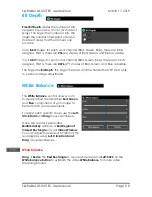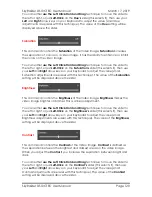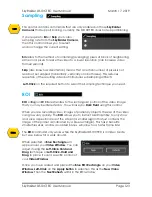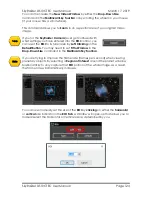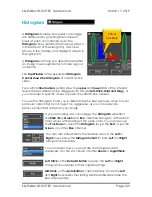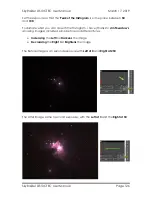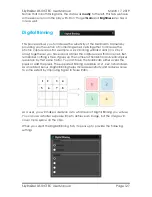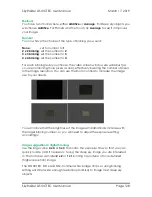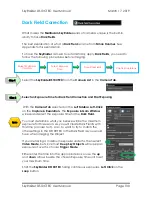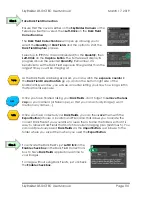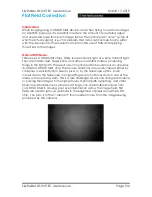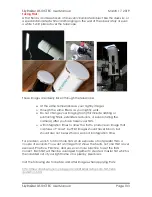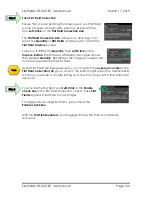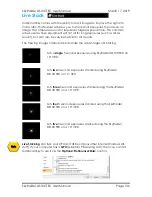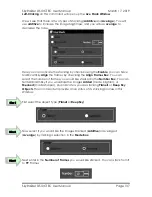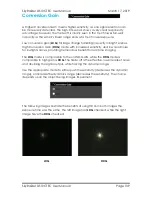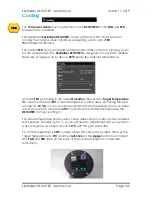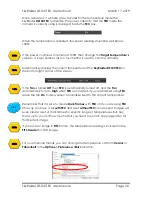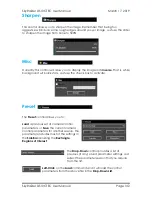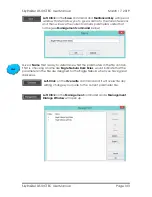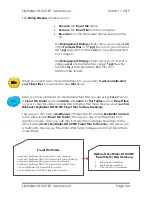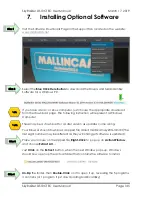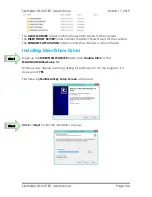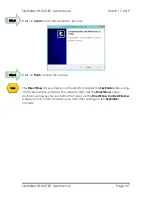
SkyRaider DS10CTEC User Manual
March 17, 2019
SkyRaider DS10CTEC User Manual
Page 132
Flat Field Correction
Introduction:
When imaging using a CCD/CMOS device, and when trying to use those images
for scientific purposes, it is essential to reduce the amount of unwanted signal
and unwanted noise from each image frame. The o
ptical path “noise” (some of
which is actually signal), is such a problem that many astronomers had to suffer
with. The resolution to this problem came from the use of Flats and applying
those Flats to the images.
Optical Path Noise:
Telescopes, CCD/CMOS chips, filters, lenses all block light as well as transmit light.
They also harbor dust, finger prints, and other unwanted shadow producing
things in the light path. The result of such optical path obscuration is an unevenly
illuminated CCD/CMOS chip. These noise variations are usually caused either by
variances in sensitivity from pixel to pixel, or by the telescope optics. Main
causes due to the telescope are vignetting and out-of-focus dust on one of the
lenses in the optical system. This is a real challenge for anyone doing real science
or pushing their images to the highest level. Optical path vignetting, and other
physical path obstructions will also cast large, non-discernable shadows onto
your CCD/CMOS, causing poor even illumination across the image field. Flat
fields are used to remove variations in the brightness of pixels across the CCD
chip.
The plan is to then “subtract” this consistent noise from the images being
produced by the camera.

